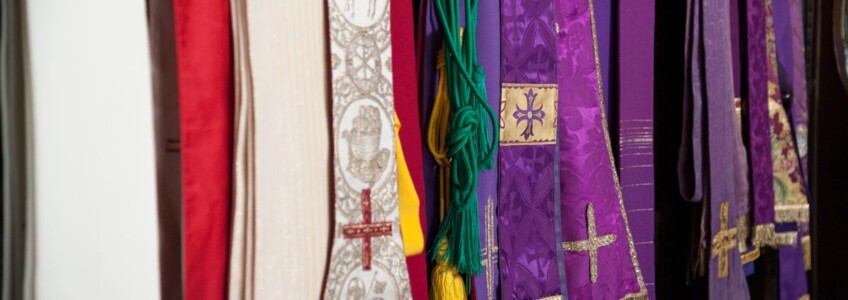In the religious celebrations we find some recurring accessories and very precise fabrics that accompany the priest during his service.
To make these garments precious, the sacred vestments, contribute above all the decorations of the fabrics made, such as damask, brocades and chandeliers, and embroideries with polychrome silk and gold yarns, which over time have determined what are the furnishings and sacred garments. They are commonly referred to as vestments, where the vestment means the typical clothing used by the Catholic Church during liturgical services.
Mass services were mainly made of linen, one of the most natural fibers that exist, but nowadays they are also packaged with other fabrics, more or less valuable, and decorated with extreme care and attention. Let’s discover together with Cimmino which are the best fabrics for sacred vestments.
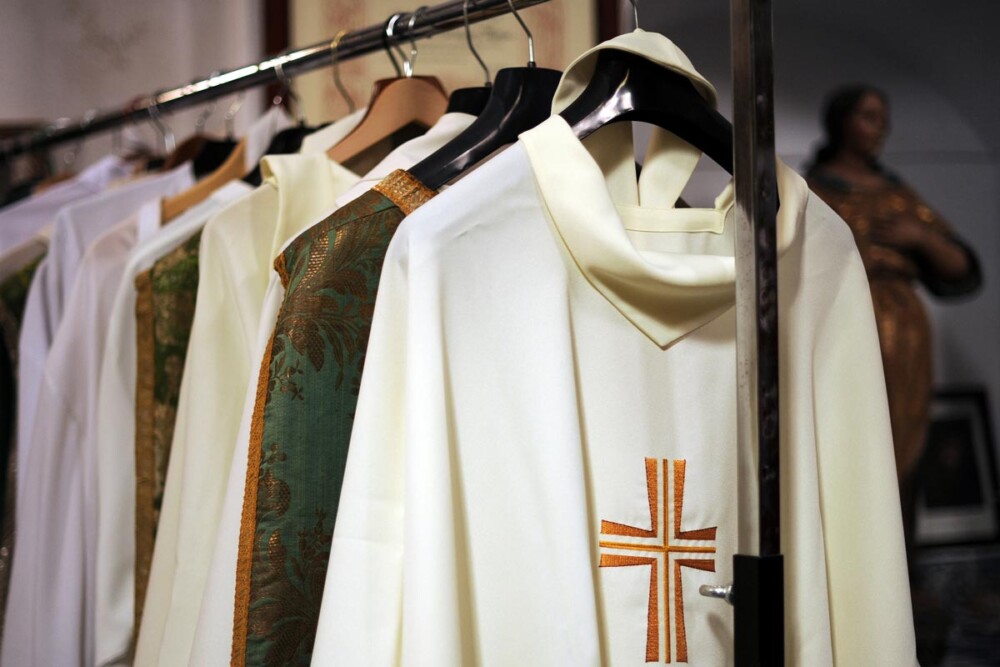
The best fabrics for sacred vestments
Linen is still one of the most used fabrics, because it is light and elegant, dries quickly and resists numerous washes. In addition, its particular texture makes it ideal for performing delicate cross stitch and many other embroidery precious and defined in detail.
Silk and satin were also widely used in antiquity, especially in the religious sphere, being very valuable fabrics, reserved for the highest levels of the social hierarchy. Silk, in particular, was for a long time the exclusive preserve of the ancient Chinese emperors, priests and a few other privileged ones.
The history of satin is closely linked to that of silk and for millennia it has been a monopoly of China, gaining popularity in Europe in the twelfth century. Materials such as damask, chandelier and brocade (which have satin as a base) have dressed and adorned the European courts for centuries.
Another natural fabric that is widely used in this area is undoubtedly cotton, with its softness and effectiveness in easily absorbing liquids. It is the ideal fabric for drying the hands of the priest and the chalice. Finally, we find the polyester blend, an elastic and very resistant material that does not require special attention.
In Europe, the ecclesiastical garments have their roots in Roman times, but have undergone various variations over the centuries. Cimmino has made available a wide selection of fabrics for sacred garments, taking into account all the new provisions on liturgy. In addition to the fabrics known in antiquity and in more modern times, there are many others that deserve a mention: let’s find out immediately what they are!
Vigogna Superfine
The vicuña takes its name from a rare and wild South American camelid, known for its particular fleece. This particular fabric selected by Cimmino is suitable for the packaging of soft trousers.
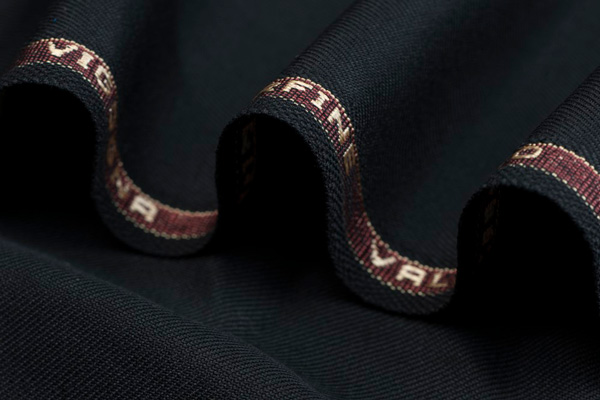
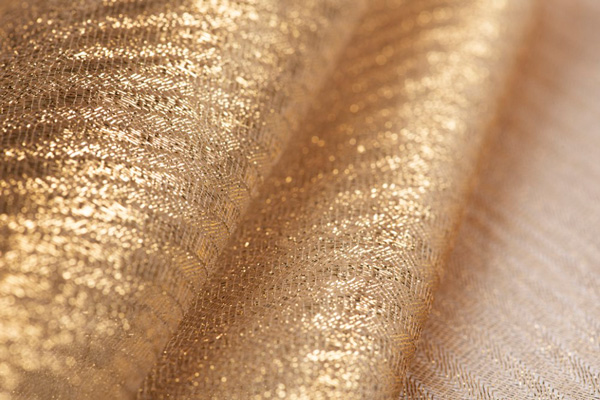
Tulle
We have different types of tulle for sacred clothing.
The Tulle Rigato is a semi-rigid fabric declined in two different colors, gold and silver, particularly suitable for producing accessories and decorations for sacral use.
The Tulle Crizia Extra, on the other hand, is a semi-soft, light and voluminous fabric, also suitable for the production of accessories, decorations and fittings.
The Tulle Embroidery Nadia lends itself well as a base for embroidery work to embellish the clothes of priests or faithful. The Tulle Illusion is slightly elastic and with a soft hand, also to be used as a starting point.
The Tulle Dorais available in a wide palette of colors, such as green and purple, used in most religious celebrations. The Tulle Crash, with its laminated colors and rough texture with irregular threads, is used to embellish and decorate. Finally, we have the Tulle Bonbonniere, used to make wedding dresses to wear for the wedding in the church.
Fresco Monacale 735
The Fresco Monacale, as the name already suggests, is a polyester-based fabric ideal for the realization of First Communion dresses, tunics and monastic habit.
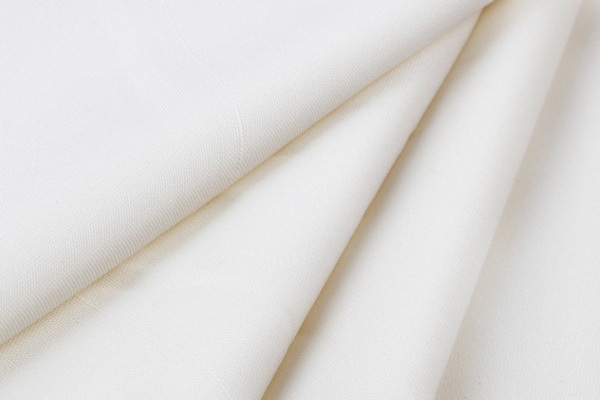
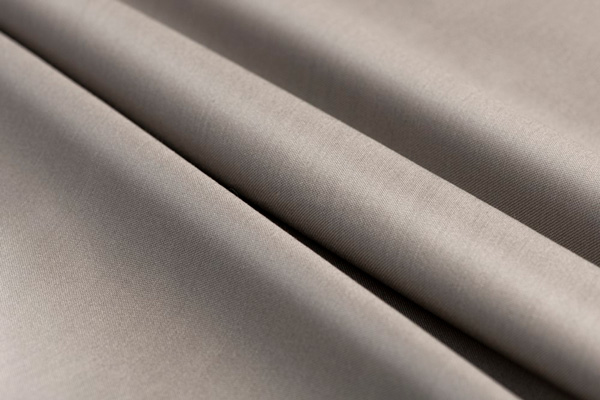
Satin Elastic Sandra Extra
A fresh and elegant stretch fabric that combines the typical satin shine with the freshness and practicality of cotton.
Satin Ginevra
A light and robust fabric, with a silky and fluid hand, used to line the sacral dresses.
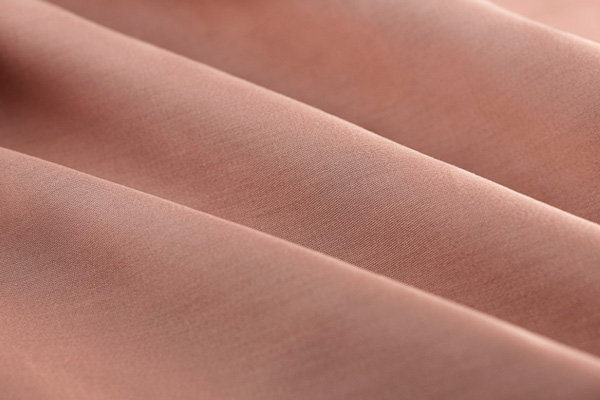
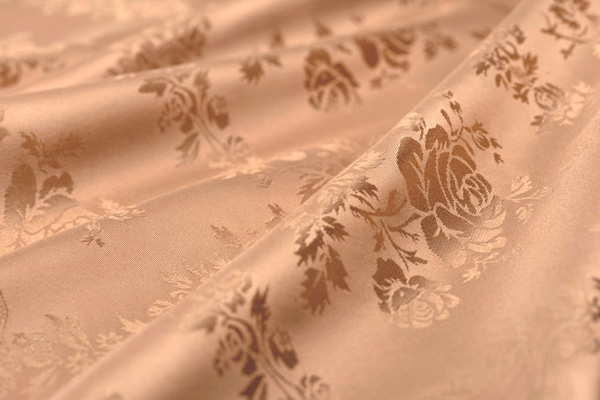
Raso Poly Jacquard
Medium weight satin fabric with jacquard patterns to make the interior of the coffins.
Raso Keope
Medium weight satin fabric with a classic shiny appearance, ideal for lining coffins.
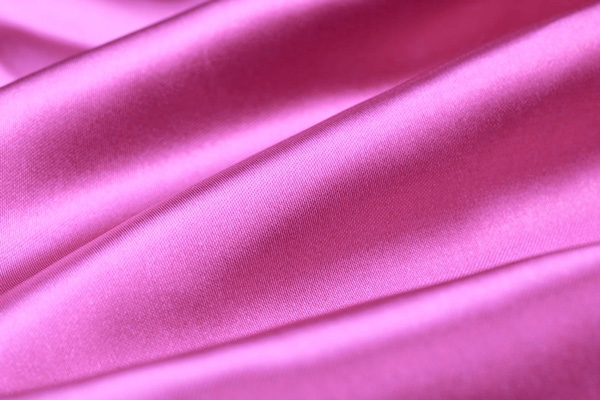
The colours of the sacred vestments
In addition to selecting the right materials and fabrics, we must also think of the colors of the sacred vestments, each of them with a very precise meaning and to be used in certain liturgical moments.
In fact, the vestments worn by the priest during religious celebrations change according to the period in which we find ourselves. The colors were coded in 1969 in the Roman Rite and are four: white, green, red and purple.
White is the sacred colour par excellence, a symbol of purity and joy deriving from the Faith. It is particularly linked to the adoration of Jesus and Our Lady, which is why it is used at any time of the year, regardless of the holiday. After white, the color most used in Sunday and weekday Masses is green, a symbol of hope, perseverance and persevering listening: it accompanies the daily journey of the priests and faithful who turn to them. The purplerepresents mourning, penance and waiting, for this reason it is used during Lent and Advent, or on the occasion of masses for the dead.
Red, on the other hand, symbolizes the Passion of Christ and is used for celebrations such as Pentecost, Good Friday, Palm Sunday and so on.
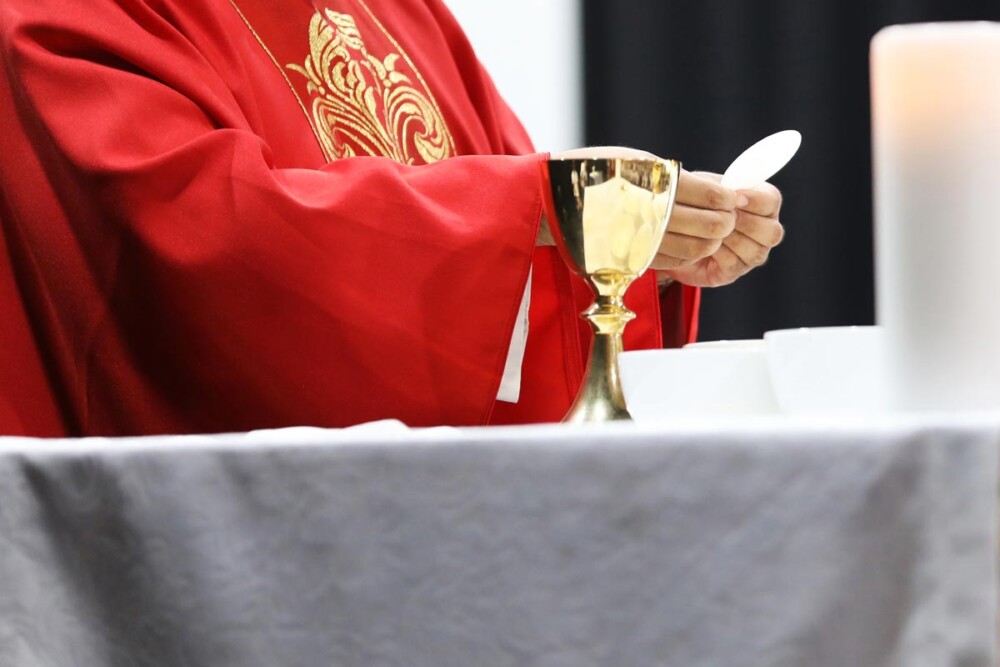
There are also other uncoded colours, which often recur between the services of the Mass and the sacred vestments, in the decorations and in the embroideries. We are talking about the blue, the color of the Blessed Virgin Mary, and the gold, the color of royalty.
Discover the best fabrics for sacred art on Manifattura Foderami Cimmino!



